In the most basic terms, Hypertrophy refers to an increase in the size of a…
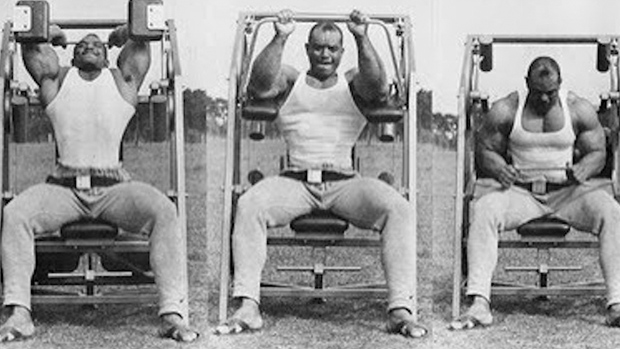
The Pullover
The “Upper-Body Squat”
The Pullover was the first machine that Arthur Jones built of what would become fitness giant “Nautilus Inc” (he sold the first one in 1970). He claimed that up until the point, it was impossible to isolate and fully work the largest single muscle of the upper body, the Latissimus Dorsi. The reason that Arthur explained, “it is difficult to fully work the lats because the arms are much smaller and unable to do as much work as the much larger lats.” The arms are the limiting factor, in terms of stimulating the musculature of the torso. In order to fully work the lats, you must use a single joint exercise, thus eliminating the weak link (arms).
Free Weight Pullovers
Using a Barbell or Dumbbell to provide resistance, you will start by lying supine on a bench. Press the weight straight up from your chest, set your elbows at the desired angle (slight bend) and initiate the eccentric or negative phase of the Pullover. Continue to lower the weight until your upper arms are parallel to the ground or to the point that your mobility allows (excessive range of motion may lead to a shoulder injury). Once the desired range of motion has been completed, pause and reverse motion into the concentric or positive phase. Continue to move the weight until it is directly over your chest or nearly directly. Once the upper arm is perpendicular to the ground, the weight has been completely unloaded from the musculature being worked during a Pullover. It is not uncommon to have sore triceps after performing pullovers, this is due to the triceps role in holding a fixed angle of the elbow (isometric contraction).
Machine Pullovers
Performing the pullover on a machine, the movement typically starts with the arms overhead. Machines usually have handles and pads for the elbows. The hands should remain relaxed and the force should be exerted through the elbows. Pushing through the elbows makes The Pullover a single joint move, thus excluding the weaker muscles of the arm from limiting the amount of work that can be completed. Starting in the up position, pull the handle of the machine down until it contacts your lap, pause and reverse direction into the eccentric phase of the movement. Return to the starting point in a controlled manner, pause and initiate the next rep.
Arthur Jones, creator of the Pullover Machine, often recommended a tempo in the range of a :03 Eccentric Phase and :02 Concentric Phase. He emphasized the importance of removing momentum from the movement, thereby keeping a continuous load on the working musculature.
Muscles Worked by the Pullover
The Pullover is used primarily for the purpose of working the Lats or Chest. The Primary focus of the exercise can be changed by slight changes to technique and by which muscles you choose to focus on as the prime movers.
Primary Movers
1. Latissimus Dorsi
2. Pectoralis Major
3. Teres Major
Secondary Movers/Stabilizers
1. Triceps
2. Serratus Anterior
3. Abdominals
4. Rhomboids
5. Trapezius
In order to shift focus to the Lats, it is often recommended that the elbows be held in a slightly bent position, flared out into a wider position and that the focus is placed on pushing through the elbows (shoulder extension). The Machine Pullover should result in most of the work being done by the lats. There are several advantages to using a machine to perform Pullovers:
1. The elbows rest against a pad which allows for force to be exerted through the elbows directly against the resistance.
2. Machines can provide resistance through a much larger range of motion.
3. Nautilus Machines were designed to provide appropriate loading throughout the entire range of motion. The design of the cam system was intended to increase load at the strongest points of the movement and decrease load at the weakest points, thus providing balanced work through the entire range of motion.
Pullovers can be used as a means of improving performance on exercises involving extension and adduction of the shoulders. Two of the potential beneficiaries being the Pull-up and The Muscle-up.
Brief History of the Pullover
It’s impossible to know when the Pullover was actually first employed as an exercise. It has probably been around about as long as people have been intentionally exercising in order to increase fitness. It appears to have been a part of the collective knowledge since at least the early days of modern strength sports. George Hackenschmidt described The Pullover exercise in his book “The Way to Live”, published in 1908.
Historically, many strength athletes believed that the Pullover had the ability to “expand the rib cage”. This claim seems a bit dubious, but the exercise may give that impression due to its ability to stimulate growth in the musculature of the torso.
In his book “Super Squats” author Randall J. Strossen describes a training protocol built around 20 Rep Breathing Squats, The Pullover and lots of Raw Milk. Strossen wrote “Super Squats” in 1989. That being said, the program that he described has probably existed in one form or another since at least the 1920’s. The idea being that performing the largest movements of both the upper body and lower body, combined with high reps and heavy weight, provided a potent stimulus of growth to the entire body. The gallons of Raw Milk provide the resources needed in order to respond to the stimulus with a positive adaptation. The final component of the program was the “Rib Expansion” stimulated by deep breathing between reps on the squat and the stretch provided by the pullover.
Pre Exhaustion
As previously mentioned, in order to fully work the lat muscles, the arms must be eliminated as a factor in the movement due to their inability to complete as much work as much larger lats. By performing a single joint movement (Pullover) prior to performing a multiple joint movement (chin-up), you have Pre Exhausted The Latissimus Dorsi and supporting musculature, thus allowing them to be fully worked by a multiple joint exercise. This is an attempt to level the work capacity of the muscle groups during the multiple joint exercise. Jones built many machines designed for the purpose Pre Exhaustion Training. The idea was to fatigue the stronger muscles involved in a multiple joint movement by Pre Exhausting them with a single joint movement. Jones recommended keeping transition time between exercises to between :03 and :05.
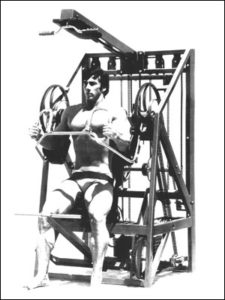
The above machine is an example of a design intended for Pre Exhaustion Training. The athlete could quickly transition from the single joint movement to the multiple joint movement. This machine was later improved by adding a second weight stack, thus allowing the athlete to use different weight on the exercises without having to change the weight selection.
Examples of Pre Exhaustion exercise combinations using the Pullover:
(Choose a weight that allows for the completion of 8-12 reps of each exercise)
1. Pullover + Chin-up
2. Pullover + Supinated Grip Pulldown
3. Pullover + Seated Row
4. Pullover + Chin-up + Seated Row
5. Pullover + Supinated Grip Pulldown + Seated Row
6. Pullover + Chin-up + Pullover + Biceps Curl
7. Pullover + Supinated Grip Pulldown + Pullover + Biceps Curl
8. Pullover + Bar Muscle-up
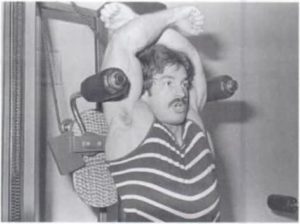
Jones also created the “Behind the Neck Torso” machine for the purpose of isolating the Latissimus Dorsi. This machine worked the Lat Muscles through the Adduction of the shoulder joint. This differed from the Pullover in that the pullover works the Lats through Extension of the shoulder joint. The “Behind the Neck Torso” machine never gained the popularity of the Pullover.
-Bachelor of Scie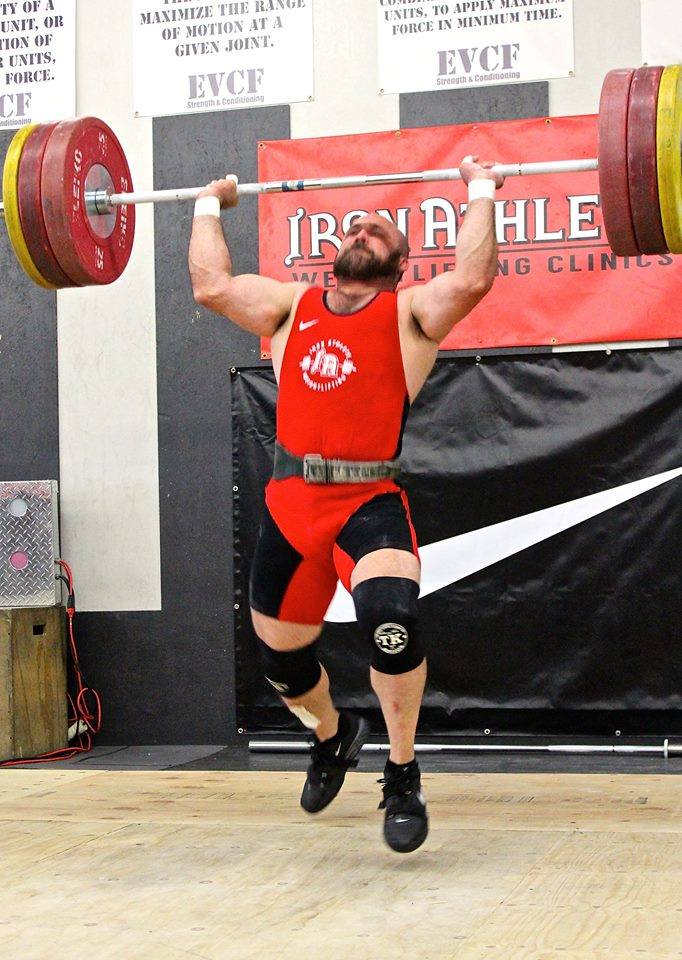 nce, Auburn University 1997
nce, Auburn University 1997
-Master of Education, Northern Arizona University 2005
-USA Weightlifting Club Coach 2001
-CrossFit Level 1 Instructor 2009
-USA Weightlifting National Coach 2012
-EVCF Regional Team Coach 2013, 2014, 2015, 2016, 2017
-EVCF CrossFit Games Team Coach 2014
-Masters National Record Holder: Snatch 130kg & Total 287kg (105kg 40-44)
-5 x American Masters Weightlifting Champion
-5 x American Masters – Best Lifter (2 x 35-39yrs, 3 x 40-44yrs)
-3 x Masters Nationals Weightlifting Runner-up
-President of Arizona Weightlifting Federation – LWC 48, 2016-current
This Post Has One Comment
Comments are closed.
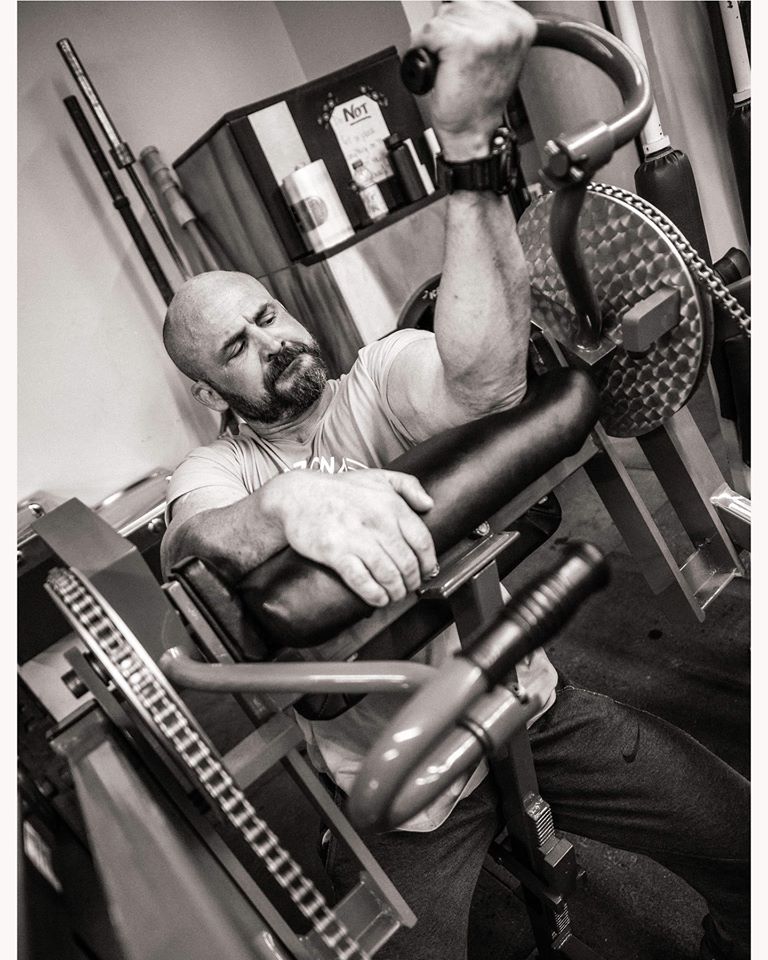
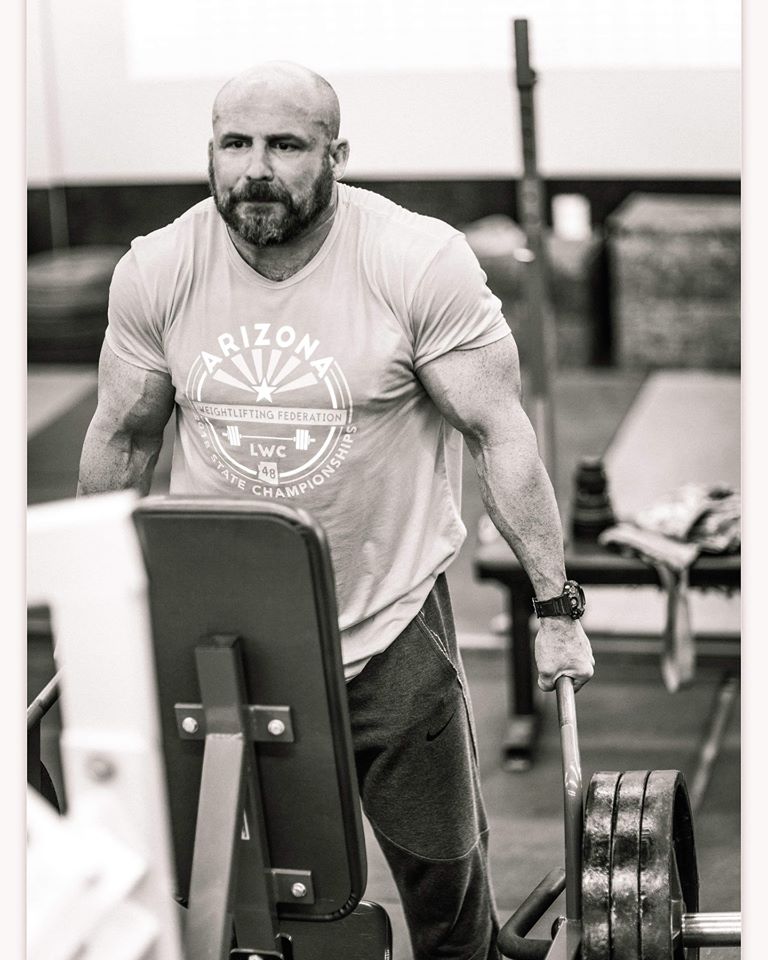
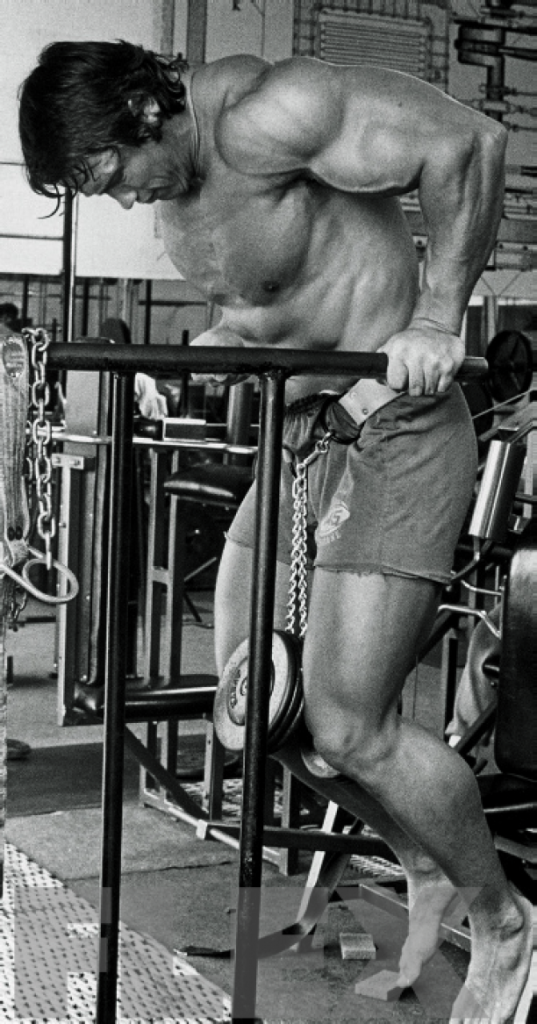
These are great on a decline bench to target the lats, especially if you want to pre-exhaust for another exercise like chin ups or T-Bar rows.